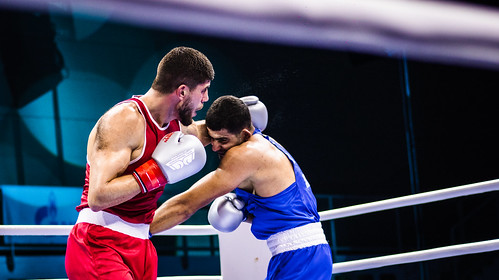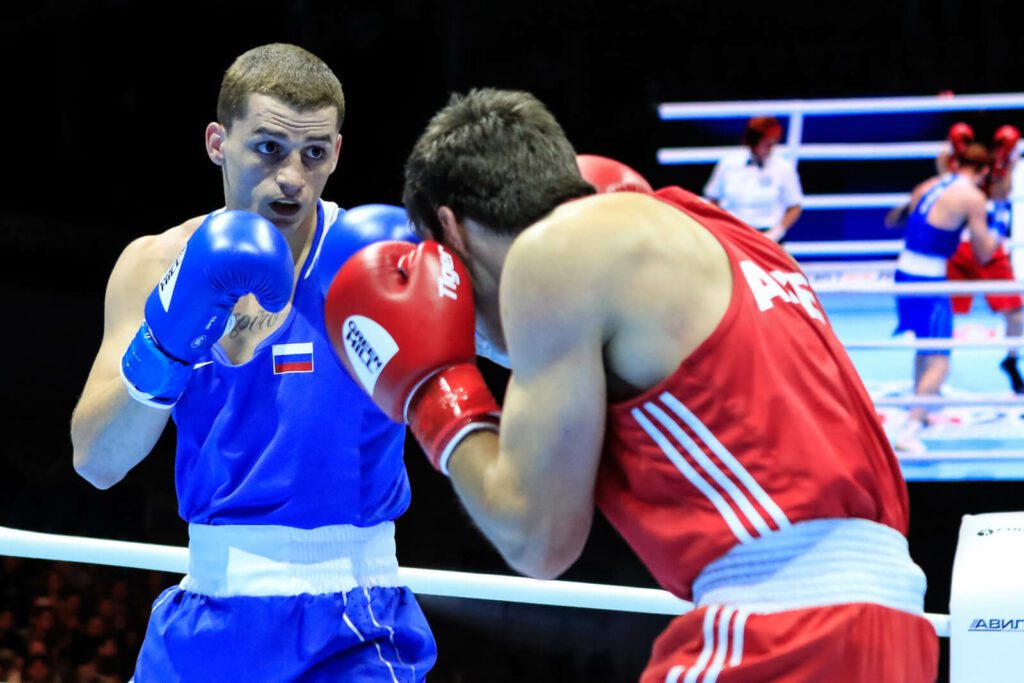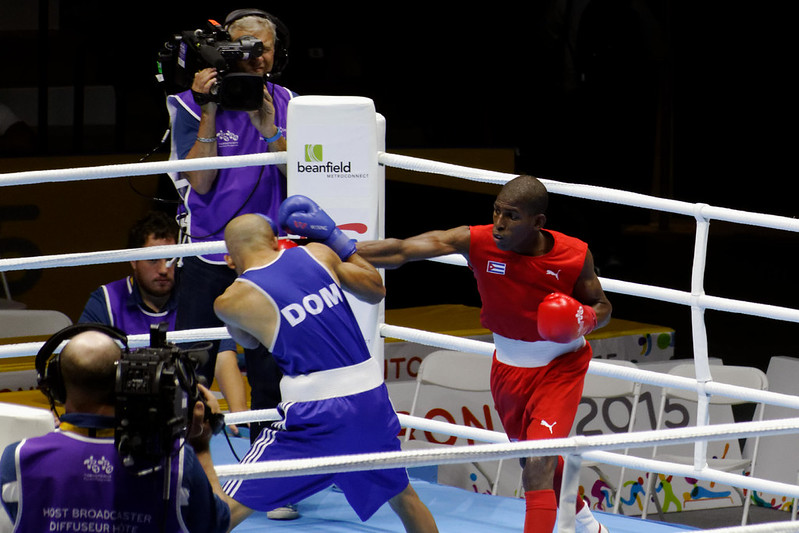intro
The style of a boxer can have a big impact on how the fight plays out. Different styles can be effective against different types of opponents, and a boxer that adjusts and implements their style correctly can gain a significant advantage.
For example, an outside-fighter who is skilled at using their footwork and movement to outmaneuver their opponents may have an advantage over a slugger who relies on their punching power to overwhelm their opponents. On the other hand, the slugger might be able to land a ferocious punch and knock out an outside-fighter that is more focused on moving out of range, jabbing, and scoring points.
The boxer’s style also affects their endurance and their pace during the fight. A pressure fighter that relies on a high volume of punches will tire more quickly than a counter-puncher that waits for their opponent to make a move before counterattacking.

Common boxing styles
There are several different boxing style that boxers use, some of the common styles are:
- Outside-fighter: an outside-fighter relies on footwork and movement to keep their distance from the opponent and outmaneuver them. Outside-fighters typically try to stay outside the ring and use the cross to stop the opponent from getting closer and jab often to score points. We have seen this style mostly across Soviet-style boxers, read more about Soviet-style boxers here.
- Boxer-puncher: a boxer-puncher is a fighter who is skilled at both boxing and punching. They tend to be well-rounded fighters who can both outside-box and outside-fight their opponents and understand distance and range well.
- Slugger: a slugger is a fighter who relies on their punching power to overwhelm their opponents. They typically tend to have a lot of punching power and try to knock their opponents out with a single blow.
- Counter-puncher: a counter-puncher is a fighter who waits for their opponent to make a move and then counters with their own punch. They try to avoid getting hit and rely on their opponents’ mistakes to score points. We have seen this style mostly across Cuban-style boxers, read more about Cuban-style boxers here.
- Pressure fighter: a pressure fighter tries to overwhelm their opponents with a non-stop barrage of punches. They try to keep the pressure on their opponents and force them to make mistakes.
- Swarmer: a swarmer is a fighter who tries to overwhelm their opponents with a furious attack. They try to get inside their opponents’ guard and deliver a flurry of punches. We have seen this style mostly across Mexican-style boxers, read more about Mexican boxing style here.


Countering common boxing styles
Although each fighter should individually adjust to a fight and listen to their corner, every fighter should know the basics of countering each style, here are a few tips to counter these styles
- Outside-fighter: fighting an outside-fighter can be frustrating, try to cut off the ring and prevent them from using their footwork to move around you by blocking their exits with your position. Use your jab to prevent them from seeing and sneak into close distance, and try to outwork them by throwing more punches at close or mid-distance.
- Boxer-puncher: To counter a boxer-puncher, try to take away their space and time to set up their punches. Stay close to them and use your footwork to make it difficult for them to get off their shots. Keep a high guard to protect against their power punches while at long range and lower it to protect the body while in close range, overall adjust the defense according to the distance from the opponent.
- Slugger: To counter a slugger is to hit without getting hit, try to use your footwork and movement to outmaneuver them and stay out of range of their power punches. Use your jab to score points and keep them at a distance. If you are able to get inside their guard, tie them up to neutralize their power.
- It is also important to punish them hard for making mistakes, it will cause a mental advantage in your favor and they will think twice before every step he makes.
- Counter-puncher: To counter a counter-puncher, try to be the aggressor and put pressure on them. Take the fight into close range and tighten your guard while in range. Throw punches in combinations and try to force them to fight on the inside, where they may be less effective.
- Pressure fighter: If you are fighting a pressure fighter, try to use your footwork to create angles and make it difficult for them to cut off the ring. Use your jab to keep them at bay, and try to counter their attacks with well-timed punches.
- Swarmer: To counter a swarmer, try to use your footwork and movement to create distance and make it difficult for them to get inside your guard. Use your jab to keep them at bay, and be prepared to tie them up if they do get inside your guard. Try to counter their attack with well-timed punches and combinations.+


Summary
It can be beneficial for boxers to be familiar with all the different styles in the sport. It will give them a better realization of how to adjust mid-fight and make them think better about how to counter different types of opponents. Knowing the strengths and weaknesses of each different style can help a boxer develop a game plan and adjust their strategy as needed.
Additionally, being proficient in multiple styles makes a boxer a more well-rounded fighter and gives them more tools to work with in the ring. This makes them more adaptable and better able to adjust to the style of their opponent mid-fight.
Overall, having a good understanding of the various common styles in boxing gives a fighter a competitive advantage and helps them become a better fighter overall.
Special thanks to Aiba Boxing for letting me use their photos.




